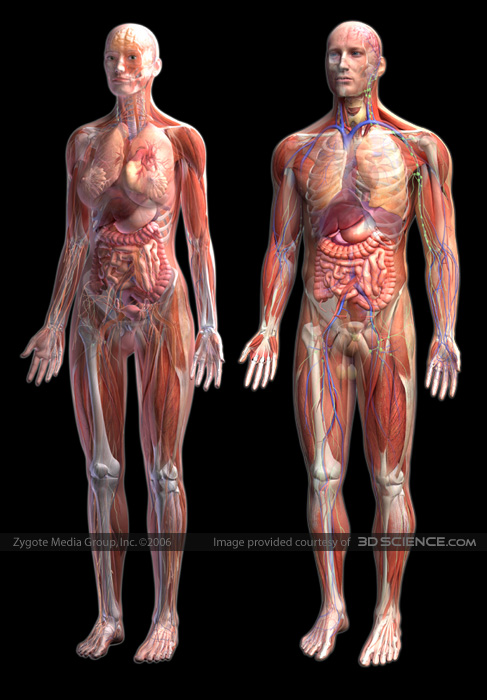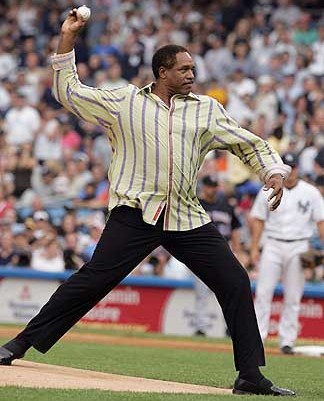BASIC ANATOMY OF BODY FOR UNDERSTANDING BIOMECHANICS

THIS DOCUMENT IS A POWERPOINT PRESENTATION CONTAINING ALL THE ESSENTIAL INFORMATION ABOUT VARIOUS BODY MOVEMENTS
SECTIONAL DIVISION OF THE BODY
ALONG WITH PICTURES
PLEASE REFER TO IT

THIS DOCUMENT IS A POWERPOINT PRESENTATION CONTAINING ALL THE ESSENTIAL INFORMATION ABOUT VARIOUS BODY MOVEMENTS
SECTIONAL DIVISION OF THE BODY
ALONG WITH PICTURES
PLEASE REFER TO IT

THIS IS A CHAPTER EXTRACTED FROM A BOOK ABOUT THE PRINCIPLES OF THROWING DO REFER THIS CONTENT WHILE STUDYING BIOMECHANICS
THE REASON I AM PROVIDING A DOCUMENT IS THAT I HAVE KEPT IN MY COMPUTER AND I AM NOT ABLE TO COPY PASTE DOCUMENT HERE AS IT IS
SOME OF THE PICTURES ARE LOST SO THIS GOES LIKE THIS
THIS DOCUMENT CONTAINS SOME INFORMATION ABOUT THE HUMAN GAIT MOVEMENTS
Gait analysis is the study of animal locomotion, including locomotion of humans. Gait analysis is commonly used to help athletes run more efficiently and to identify posture-related or movement-related problems in people with injuries.
The study encompasses quantification, i.e., introduction and analysis of measurable parameters of gaits, as well as interpretation, i.e., drawing various conclusions about the animal (health, age, size, weight, speed, etc.) from its gait.
Gait analysis commonly involves the measurement of the movement of the body in space (kinematics) and the forces involved in producing these movements (kinetics).
Orthoses for the cervical spine are designed to immobilize cervical spinal segments that are unstable, deformed or have recently undergone spinal surgery. The goal is to provide the best biomechanical environment for these disorders or surgeries to heal. These devices range from mildly immobilizing to maximal immobilization and should be choosen specifically for:
1. The level of the cervical spine that is affected. It is best to think of these levels as three distinctly different groups, each with different planes of mobility and distinctly different immobilization needs. a) The upper cervical spine (Occiput-C2) is unique as it is the one area of the spine that is under the least amount of load as it is the highest part of the spine, yet this is an area of great vulnerability to to injury as C1 has a small ring of bone that circles a “post” known as the odontoid or dens of C2. This ring and post gives us our rotational ability of the neck and is frequently refered to as the “no-no” joint as it allows us to move our head in the transverse direction (z-axis) to make the “no-no” gesture. If this post (odontoid) is fractured to a point of instability, this could be life threatening or cause quadraplegia. The best non-operative method to immobilize this is to use a cervical halo system (pictured above) as this is the only device that will immobilize the z-axis motion (no-no). Nowadays, there are better surgical alternatives for this type of injury, but not everyone is a candidate for this procedure. dependending on the severity of the injury, a Halo must be worn for at least six weeks, and sometimes up to a year.
One level above the C1-C2 joint is the occiput (base of the skull) and C1 joint complex. This complex contains joints called facets that allow the “yes-yes” motion (x-axis-sagittal plane) and, depending on the severity of the injury, may be immobilized in an extended care cervical collar, or a cervical thoracic orthosis (pictured below)
Knee replacement surgery